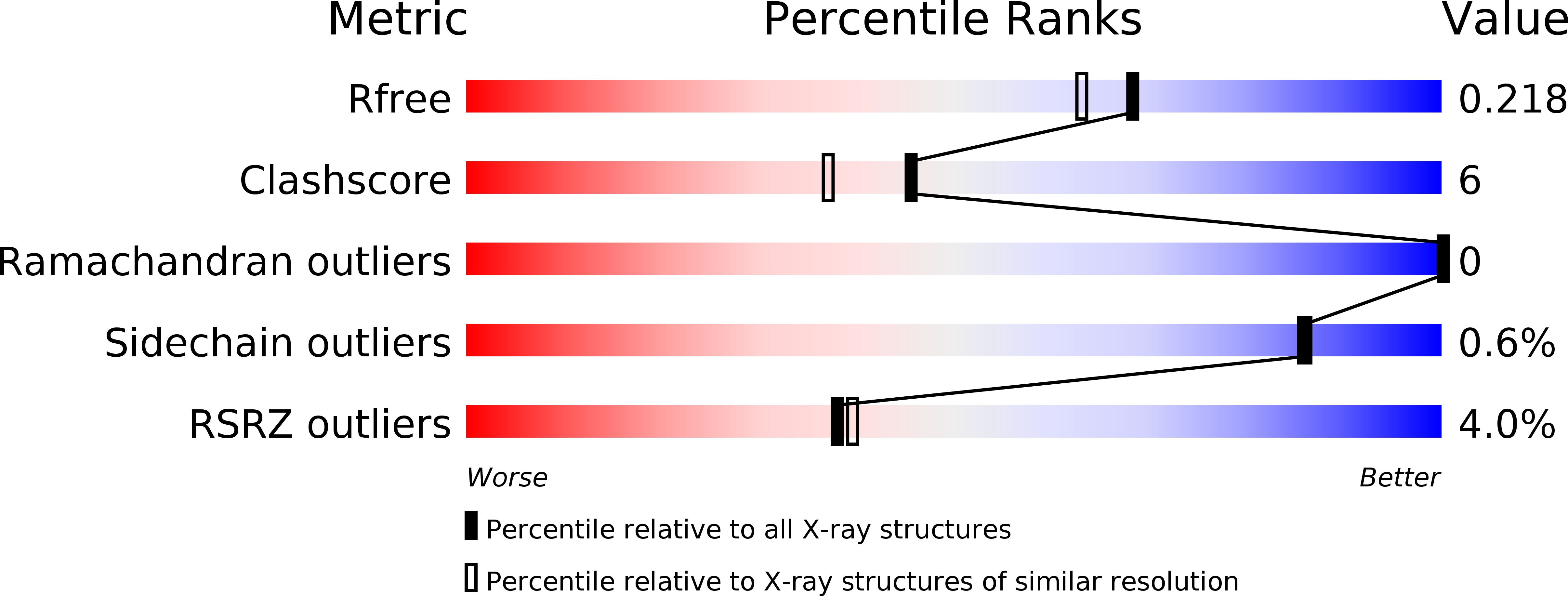
Deposition Date
2015-06-04
Release Date
2016-03-09
Last Version Date
2023-09-27
Method Details:
Experimental Method:
Resolution:
1.87 Å
R-Value Free:
0.22
R-Value Work:
0.18
R-Value Observed:
0.19
Space Group:
P 21 21 2


